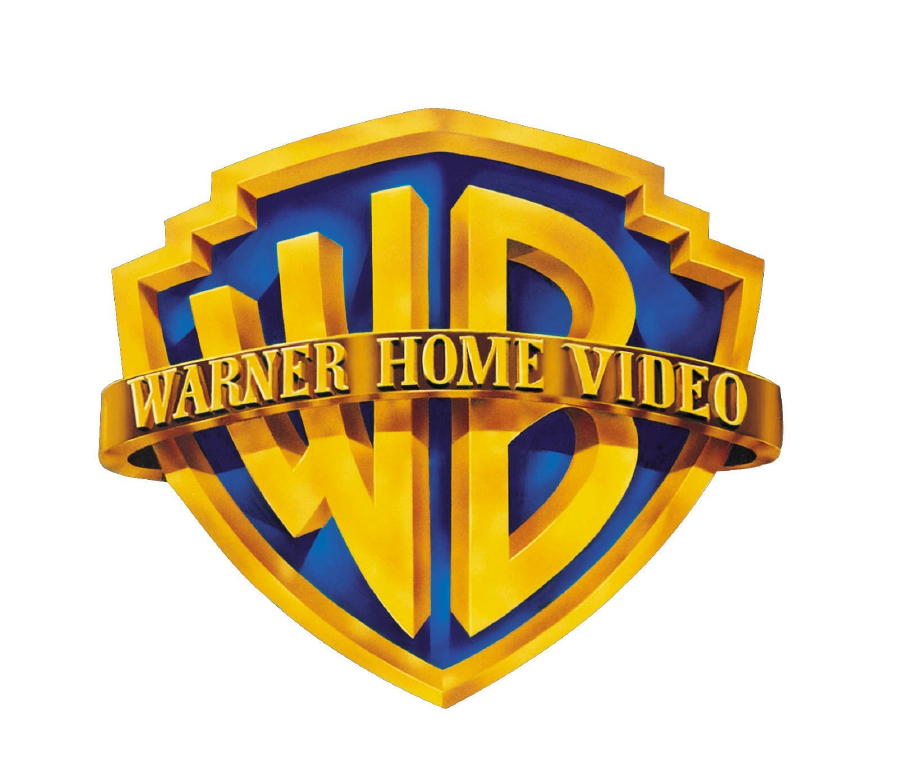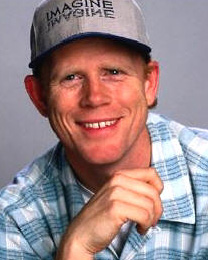SHOT LIST- THRILLER FILM OPENING SEQUENCE
We worked on this altogether as a group.
1. CU radio (hear static noise at first, fades to music playing)
2. MS young woman drying her hair
3. MS of the dressing table, pan to show her putting on lipstick
4. Multiple on-screen shot-
*left half of screen~ woman standing in front of her wardrobe, opens it
*top right of screen~ CU of glass of wine
*bottom right of screen~ MS of her makeup scattered on the table
5. Bird's eye shot- woman getting her shoes on
6. Worm's eye shot- of her feet, leaving the room from the gap in her door (she goes out of shot, light turns off, door slams)
7. CU of clock ticking
8. ECU of scattered makeup
9. LS of kitchen, hear the tap dripping, see the flash of car lights going past window
10. Low angle shot from the banister at bottom of stairs (hear scratching, the door opens, shadow of man is seen)
11. ECU light switch, light comes on
12. MS (from doorway, looking at the man's back) man walks to kitchen
13. LS establishing the kitchen
14. MCU him putting gloves on
15. CU of him dragging his finger along the worktop
16. POV checking his fingers for dirt
17. MS (side on) opens fridge, slowly reaches in
18. (cut to) Over the shoulder shot, him reaching into the drawer for knife
19. MS (side on) him lifting up the knife- it shines slightly in the light
20. Bird's eye shot of the knife cutting grapefruit, he puts his fingers in the juice, lifts hand to mouth
21. ECU (slow motion) wiping the juice from his mouth
22. MS he throws the gloves into the bin
23. Low angle MLS- his legs are seen as he goes up the stairs
24. MS from the gap in her bedroom door, stillness and silence, his face suddenly appears in the gap
25. Worm's eye shot- door slowly opening and he comes into the room (see his feet)
26. LS from behind photo frame. He is out of focus. His head turns, he comes into focus. He rushes towards the photo
27. POV, he lifts up the photo
28. ECU of his eyes, he stares intensely
29. Over the shoulder shot (but slightly further away than the shoulder) he puts the picture down gently. Sudden turn of his head, half of his face is seen
30. Low angle MS slowly reaches for the hairbrush on the table, holds it still and pulls a hair from it. begins to wrap it around his little finger lovingly. Hear her come in, see his reaction. Stillness as he waits for her, we hear her coming up the stairs on the phone, getting nearer. He looks up at the door
31. LS of door from the bed where her purse is, door swings open, she enters the room. Moment of stillness, grabs the purse, turns to go and notices ensuite light is on. She goes to the door
32. CU of her hand on the door handle
33. Two Shot- the door splits the screen, he is stood hidden behind the door and she is on the other side, she reaches for the light switch
34. black screen END SCENE













